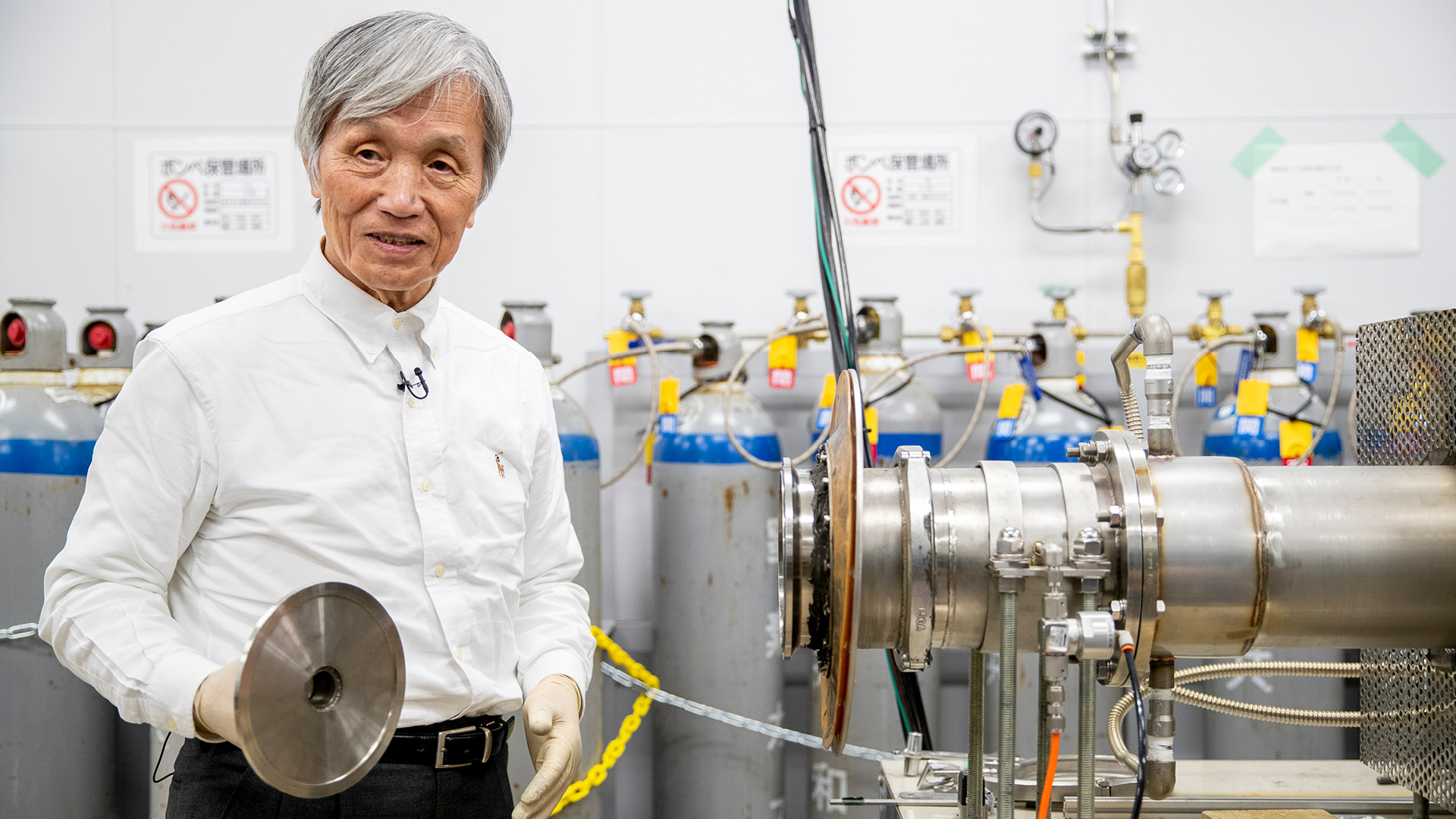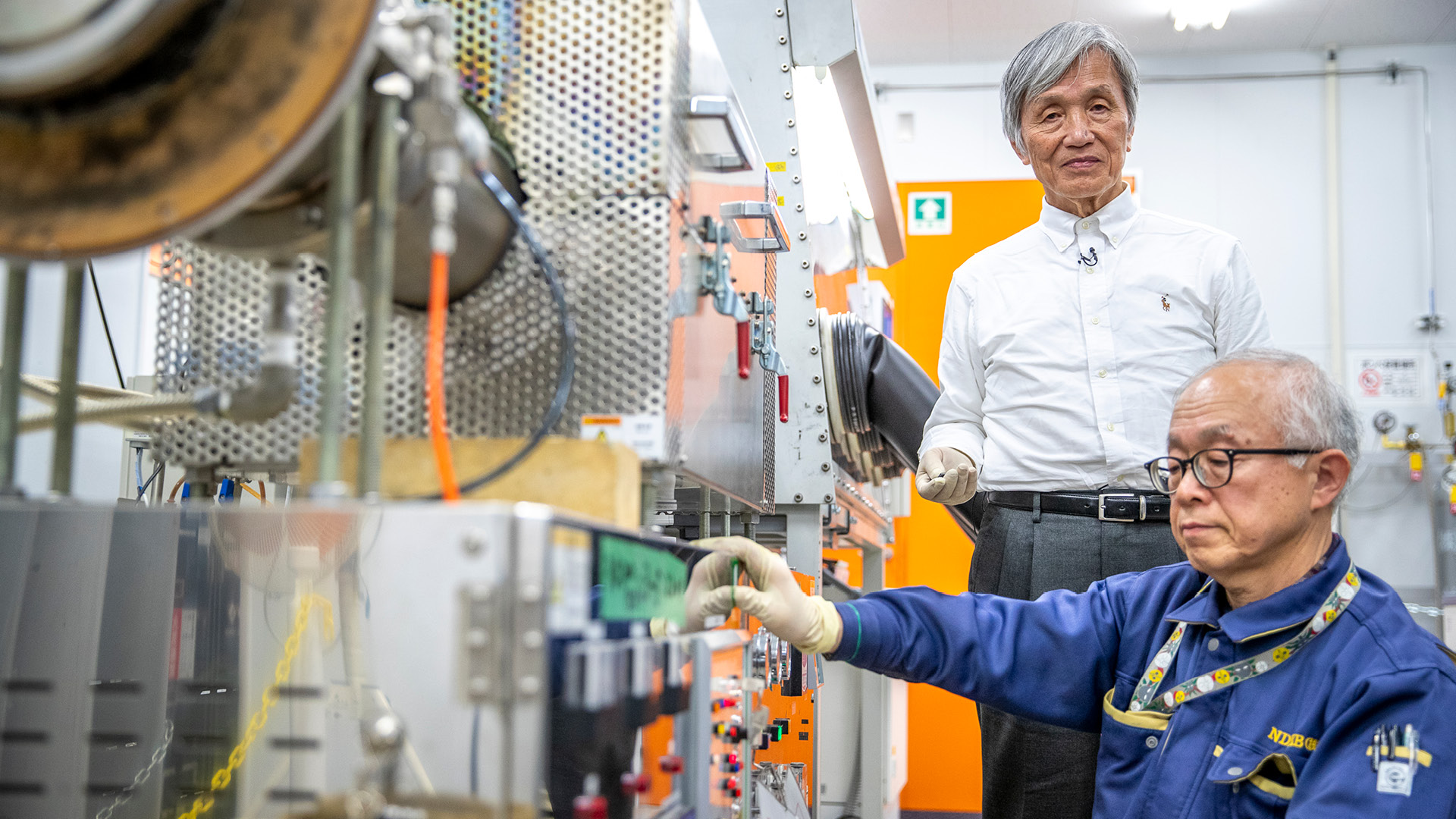Using a new blend of elements and his unique sintering technique, Dr Masato Sagawa developed the world’s strongest permanent magnets
His magnets are used in a wide variety of applications, from medical technology to mobile phones, security systems, computer hard drives and green energy generators
Sagawa took home the top honour in the ‘Non-EPO countries’ category for all inventors from outside the EPO’s member states
Munich, 9 July 2024 – The European Patent Office (EPO) has announced Masato Sagawa as the winner of the ‘Non-EPO countries’ category of the European Inventor Award 2024. Dr Sagawa developed the world’s strongest permanent magnet in 1982, changing the future of computing, medical technology, green energy and multiple other fields. This invention saw him triumph in a category that also included American-French David Fattal who created genuine 3-D imaging without glasses for screens, and Fernando Catalano, Micael Carmo and their team from Brazil who invented quieter jets with lower carbon dioxide emissions.

“I am extremely honoured to receive the European Inventor Award for my invention relating to a new permanent magnet material and its manufacturing method. I hope this award will help young people who aspire to become material scientists to realise how useful research and development in materials science and technology can be for society, and that it will serve as an encouragement to them,” said Dr Sagawa.
Inspired by iron's greater availability and lower cost compared to the cobalt prevalent in magnets of that time, Sagawa began blending iron with various common rare earth minerals. His breakthrough came when he included Boron into the mixture to increase the distance between the iron atoms, significantly boosting their ability to resist demagnetisation – a property essential in permanent magnets. Ultimately, he settled on the alloy of neodymium, iron, and boron (Nd-Fe-B) that we know today, but what truly sets his magnets apart is the multi-patented sintering technique used in their creation. More than four decades later, this process still produces the strongest magnets relative to their size.
Dr. Sagawa admits that despite his significant achievements, he initially doubted his suitability for research, attributing his success to persistent hard work and a unique perspective. "All my life, I wanted to be a scientist and a researcher, but I don’t think my research was very good. I wanted to be a professor, but I was not given that post, so I joined a research team at a company. It was there that I was asked to focus on magnets. Now, I had never studied magnets before, so it was really hard for me, but in a way, that helped because I was able to look at the subject with fresh eyes and without any preconceived notions about what could or could not be achieved,” says Sagawa.
Nd-Fe-B magnets have allowed computer manufacturers to dramatically decrease the size of hard drives, helping power the personal computing revolution. Today some 60% of all permanent magnets are Nd-Fe-B. These can be found in fields as diverse as electronics, toys, packaging, hardware machinery, and aerospace and continue to be used by inventors in new technological advancements.
Despite receiving over 60 global patents, eighty-year-old Sagawa continues to tinker with the composition and manufacturing technique of his magnets. He is currently trying to find ways to reduce the required amount of relatively scarce dysprosium.